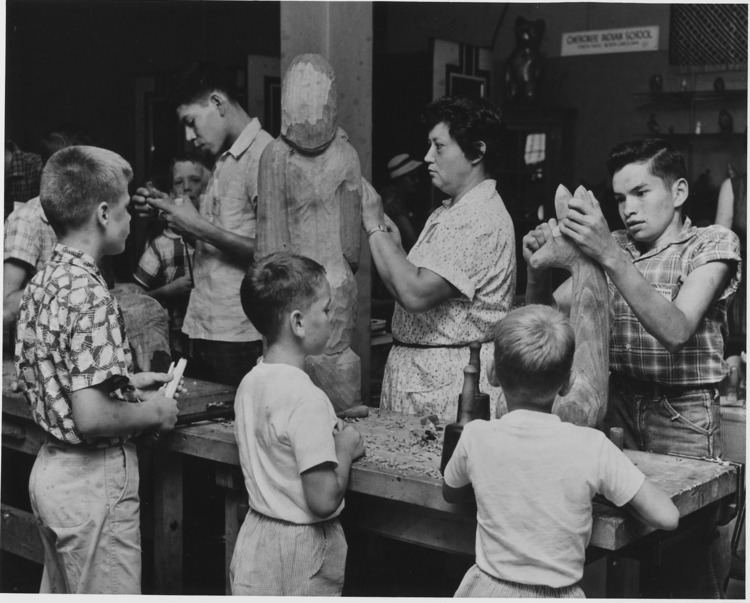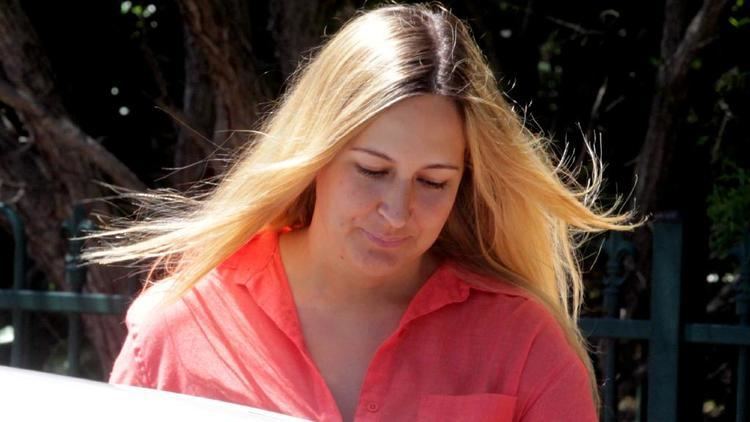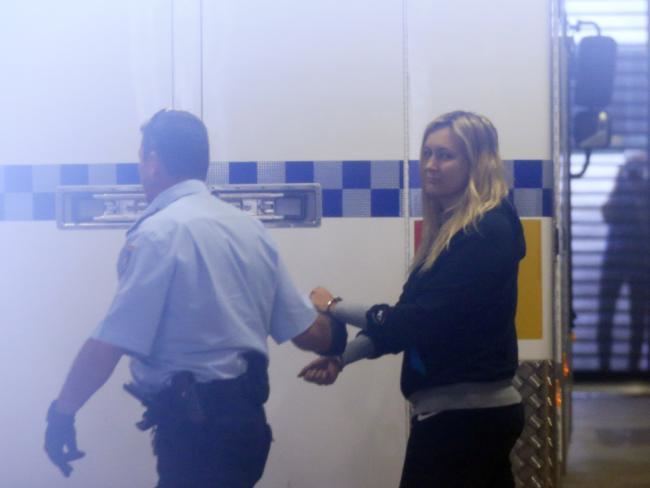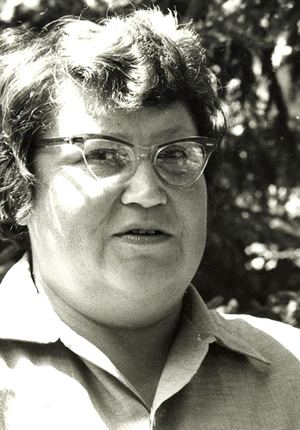Name Amanda Crowe | ||
 | ||
In jesus name i am heard written and performed by amanda crowe
Amanda Crowe (1928–2004) was an Eastern Band Cherokee woodcarver and educator from Cherokee, North Carolina.
Contents
- In jesus name i am heard written and performed by amanda crowe
- Early life
- Art and teaching career
- A story without you by amanda crowe
- References

Early life

Amanda Crowe was born on 16 July 1928 in the Qualla Boundary, North Carolina. By the age of four, she had decided to become an artist. Of her children [childhood?], Amanda said: "Every spare minute was spent in carving or studying anything available concerning art... " At the age of eight, she was already selling her carvings.

Both of Crowe's parents died when she was very young. By the time she reached high school, her foster mother arranged for her to stay in Chicago, where she graduated from high school and attended the School of the Art Institute of Chicago. She earned the John Quincy Adams fellowship for foreign study in 1952, and she chose to study sculpture with Jose De Creeft at the Instituto Allende in San Miguel de Allende, Mexico. She ultimately earned her Master of Fine Arts degree from the School of the Art Institute of Chicago in 1952.
Art and teaching career
In 1953, the Cherokee Historical Association invited Crowe back to North Carolina to teach studio art at Cherokee High School, where her uncle Goingback Chiltoskey was already teaching. She kept that position for almost four decades and taught wood carving to over 2000 students.
Her sculptures were often animal figures, and she was particularly known for her expressive bears. Her work is streamlined, highly stylized, and smoothly carved. She also worked with stone and clay, but wood was her favorite media, and she carved with local woods such as wild cherry, buckeye, and black walnut.
Her art is sometimes compared to the work of Willard Stone. Art scholar Esther Bockhoff writes that Crowe was "undoubtedly one of the primary influences on the resurgence of Cherokee carving."
Public collections that own her work include the Cleveland Museum of Natural History, the United States Department of the Interior, and the National Museum of the American Indian. She has exhibited her work in museums such as the Art Institute of Chicago, the Atlanta Art Museum, the Denver Art Museum, the Mint Museum of Art in Charlotte, the Asheville Art Museum, and venues in Germany and the United Kingdom. Among many awards, Crowe won the North Carolina Folk Heritage Award in 2000.
She also illustrated the book Cherokee Legends and the Trail of Tears, first published in 1956 and reprinted several times since.
Crowe died in 2004. Many of the contemporary Eastern Band Cherokee sculptors today studied under her.
